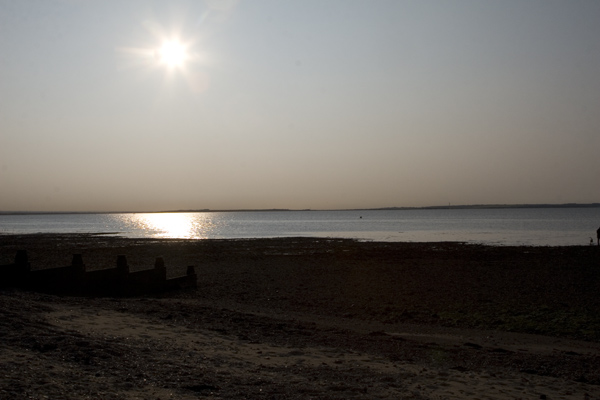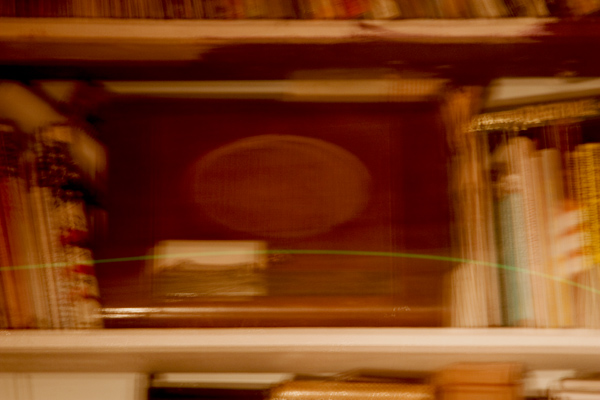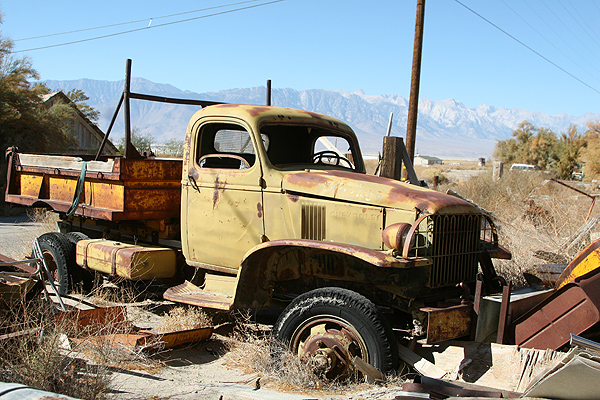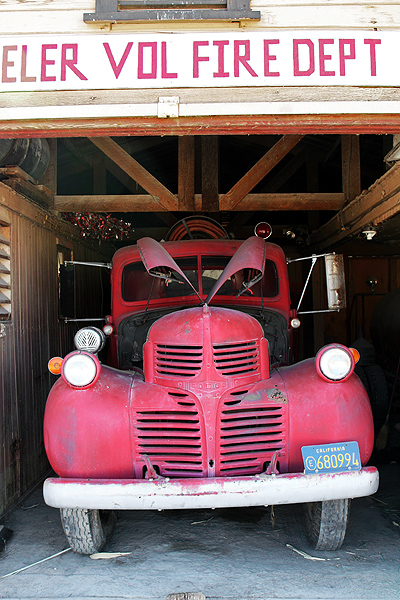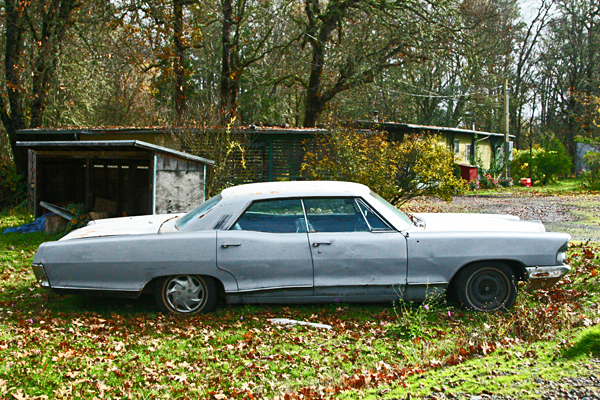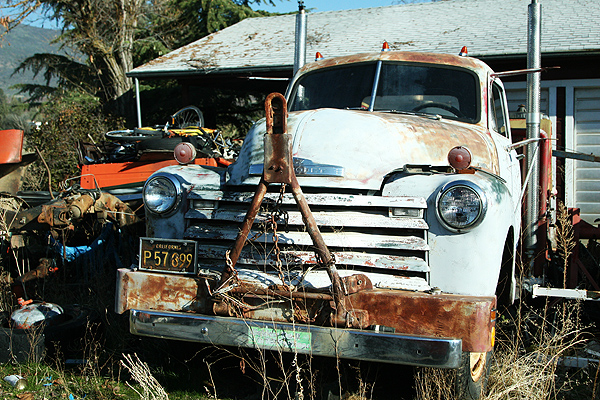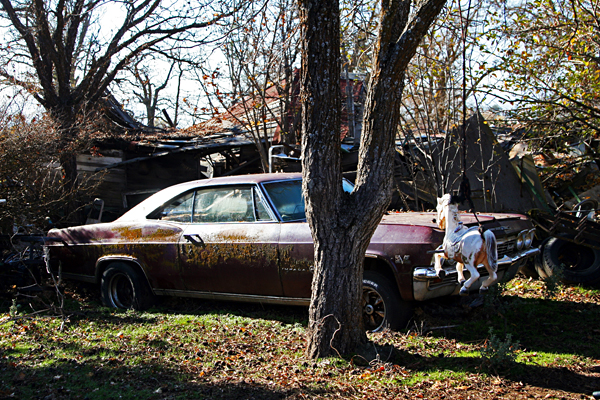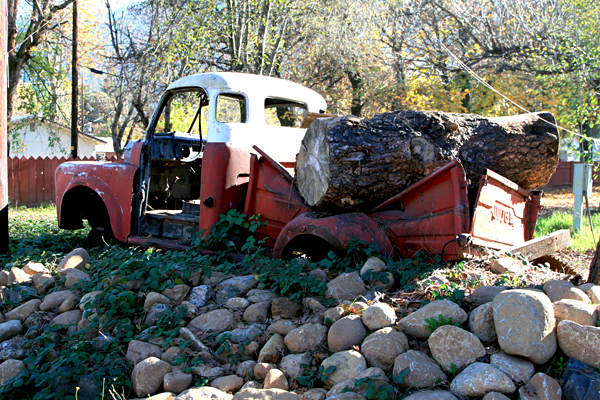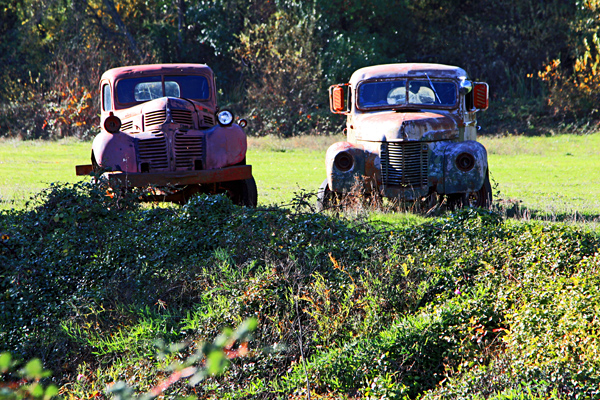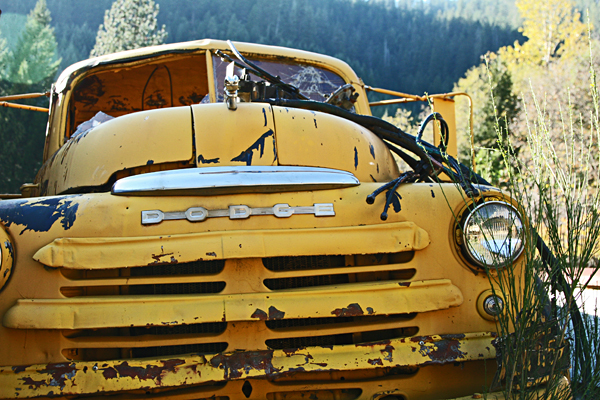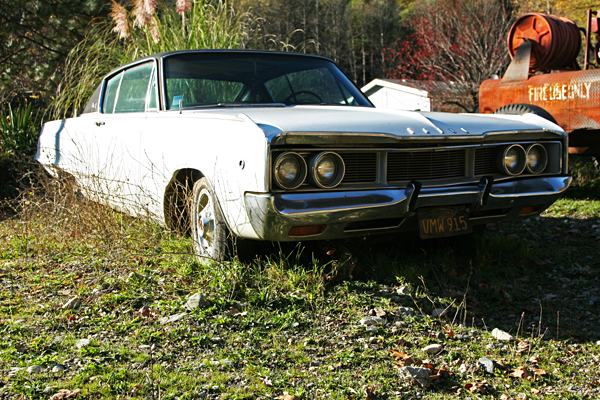"My name is Yon Yonson,
I work in Wisconsin,
I work in a lumber mill there.
The people I meet when I walk down the street,
they say, "What's your name?"
And I say,
"My name is Yon Yonson,
I work in Wisconsin..."
Beginning/end?
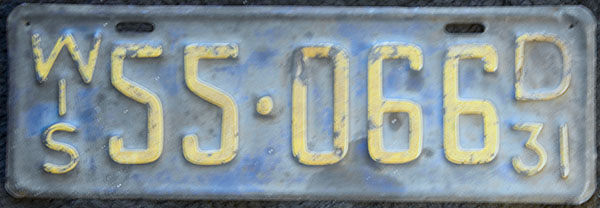
The English language makes a distinction between blue and green but some languages do not. Of these, quite a number, mostly in Africa, do not distinguish blue from black either, whilst there are a handful of languages that do not distinguish blue from black but have a separate term for green[1]. Also, some languages treat light (often greenish) blue and dark blue as separate colors, rather than different variations of blue, while English does not.
How to ... divide experience into meaning? Semantic (colour) fields suggest objective landscapes to explore. But... perhaps colour is only in the mind. Mixing, translating ephemeral waves from "out there" in a colourless universe, "in here" to create colour and emotion. Anchoring ourselves in the real with the subjective. Mapping...
Serendipity... Semantic fields... semantic maps... There you are - under 27: Yon Yonsin; John Johnson....
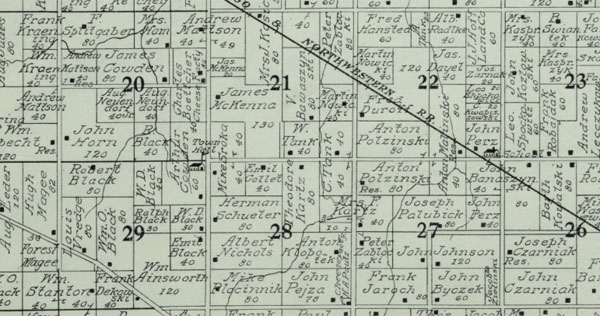
Angelica township, WI - full map
Geo. A. Ogle and Co. / Standard atlas of Shawano County, Wisconsin
Grue: a single colour term covering both green and blue. Over half the languages in the World Color Survey contain a grue color term.

Contour plot showing the distribution, over chromatic stimuli, of best examples of grue terms in the WCS. Outermost contour represents a height of 10 hits; each subsequent inner contour represents a height increment of 10 hits. (Source: Regier and Kay 2004)


